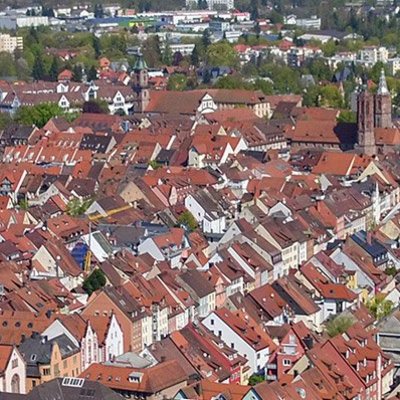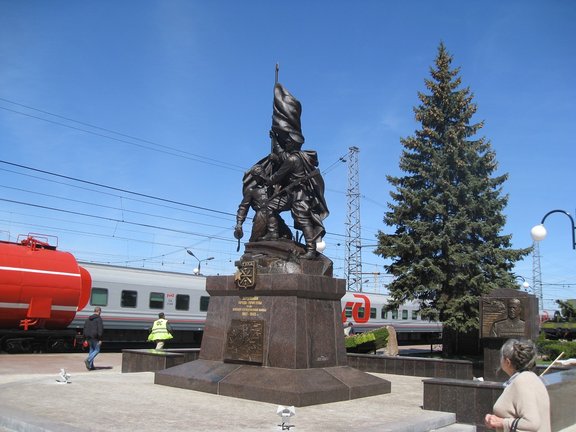
Tula
Russia
Tula is one of the oldest cities in Russia. The first documentary mention of Tula comes from a chronicle from 1146, which makes Tula one year older than the Russian capital Moscow. Located on the southern border of the Grand Duchy of Moscow, Tula protected the present capital of Russia from enemy attacks.
The city played an important role during the famous battle of Kulikovo against the troops of Mamay-Khan and in the liberation of the Russian people from the Tatar-Mongolian rule. Since the 16th century iron production was developed and actively promoted. In 1712, the Tula armament factory was founded by order of Peter the Great. The weapons produced there played a decisive role in the 'Patriotic War' against Napoleon in 1812 and during the two World Wars. However, Tula is not only known for its weapons, but also for its world-famous samovars, gingerbread and harmonicas, the museums 'Kulikovo Pole' and 'Yasnaya Polyana', the Weapons Museum and 'Polenovo', the State Memorial of History, Art and Nature.
At present Tula is one of the most industrially developed centers of the Central Federal District of the Russian Federation. Mechanical engineering and metallurgical production, metalworking, building materials and food industry are the most dynamically developed branches of industry. Foreign economic activities form an important part of the social and economic development of the city of Tula. In order to improve the investment climate, the city has in recent years created an excellent basis for foreign companies wishing to relocate their production to the territory of the city of Tula.
Tula's gingerbread, in Russian 'Tulskij Prajanik', a famous culinary specialty, is also well known. Furthermore, a rare old tomato variety is named after Tula and is called "Black from Tula". It is considered the best dark tomato variety.
More about the town twinning:
The partnership was officially sealed in 1993 and 1994. The establishment of the partnership was intended as a contribution to expressing the will for peace with the peoples of the European East, especially with the Russian people.
The foundation stone for the existing partnership was laid by the Tula Working Group with its initial aid transports to Tula. In the fall of 1990, the heads of government Kohl and Gorbachev had called upon the German population to help the Soviet Union through the hunger winter. A first aid transport with three vehicles and seven helpers drove 3000 km from Villingen-Schwenningen in December 1990, heavily loaded with food, to the east and arrived a few days before Christmas. The transports with relief supplies were financed mainly by donations from the population. Due to the positive media resonance immediately by the citizens from Villingen Schwenningen and environment further donations were collected, which were only few weeks later basis for a second - this time larger - aid transport. Since the beginning eight relief transports with a donation volume of more than five million euro were brought to Tula.
The partnership work was initially difficult due to the great distance and language differences, but these problems were resolved over time. In the following years numerous contacts were made in the areas of economy (e.g. banks), culture and art, schools and universities, administration and social affairs (e.g. addiction counseling).
The working group Tula supports significantly all activities of the city connection. It also manages and carries out various long-term projects in the social sector (e.g. the renovation of a children's hospital).
Tula has a total of 7 twin towns. One of the priorities of the Tula City Council is to develop the relationship with Villingen-Schwenningen.
to the website of the city of Tula
Information about Villingen-Schwenningen in Cyrillic script (PDF, 286 kB)
